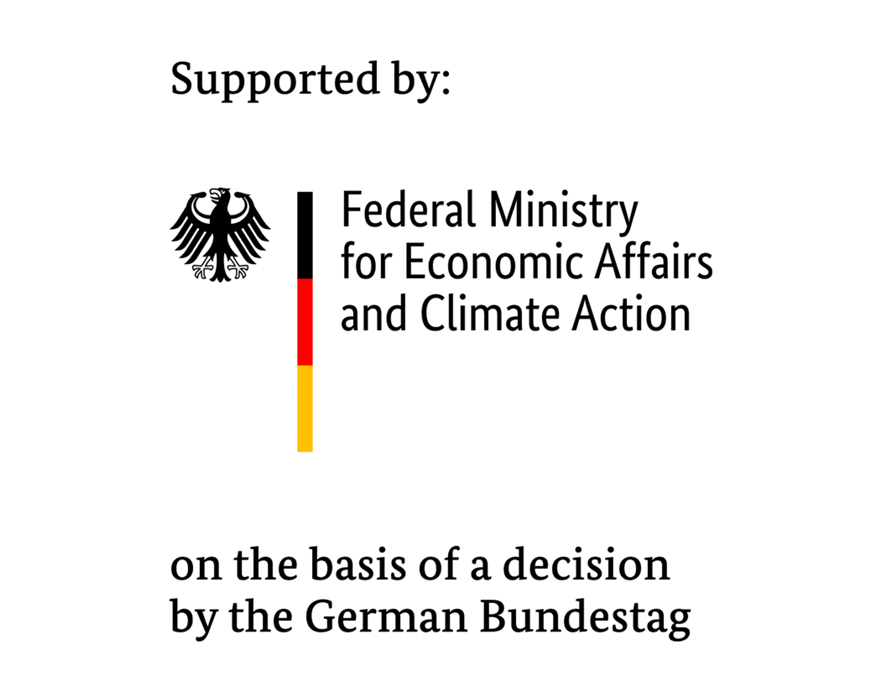- Rotor blade bearings form the connection between the rotor hub and the rotor blades. They are subjected to very heavy loads.
- To date, only very few scientific studies have been conducted into this issue and, as such, there are no certified approaches for estimating the lifespan of rotor blade bearings.
- The HBDV project aims to improve the design processes for highly loaded slewing bearings and intends to close this gap and create guidelines with which rotor blade bearings can be designed safely and uniformly in the future.
- Fraunhofer IWES is responsible for the planning and performance of tests to assess damage initiation, damage progress, and fatigue as well as the wear on rotor blade bearings on a scale of 1:1.
Rotor blades are among the most highly loaded components in a wind turbine. As such, they must be able to withstand more than 100 million load cycles over their lifetime of 20 years; turbulence is also a further negative factor. Particular forces act upon the rotor blade bearings which form the connection between the rotor hub and the rotor blade. These serve to regulate performance and loads aerodynamically. The rotor blade bearing makes it possible to adapt the aerodynamic angle of attack to the wind conditions. The rolling bearings used must stand up to large, alternating loads for a certain period of application.
In the scope of the “Design of Highly Loaded Slewing Bearings” project, slewing bearings are being tested for use as rotor blade bearings in wind turbines. Up to now, oscillating rolling bearings, such as blade bearings, have barely been studied, and therefore there are currently no certified approaches for estimating the lifespan or design of these bearings. Special wear effects are observed, which can result in the premature failure of the bearing. The development of new regulation concepts will mean that blade bearings are exposed to ever more load cycles in the same period of time.
This project aims to establish guidelines with which slewing bearings subject to high loads can be designed in a functionally safe and uniform manner. The guidelines are to consider all relevant damage mechanisms which could result in the malfunctioning of the slewing bearing and offer a probabilistic approach to predicting system reliability. To this end, both damage initiation and damage progress are quantified up to malfunctioning. Constructive recommendations for the system architecture, design of the bearing environment, and application limits for various bearing types are to be derived from the design guidelines.
In the future, these guidelines will help to ensure the safe and uniform design of rotor blade bearings. A more effective blade bearing design based on these new guidelines will help to reduce the electricity generation costs of wind turbines and promote their expansion, which, in turn, will lower the CO2 emissions from conventional power plants.
Fraunhofer IWES is responsible for the planning and performance of tests to assess damage initiation, damage progress, and fatigue as well as the wear on rotor blade bearings on a scale of 1:1. Particular focus is placed here on recreating the specific installation and load situation in order to ensure a realistic testing environment. Furthermore, the IWES continues to perform simulations to determine load distributions whereby specific installation situations are taken into account.
Together with these tests, these simulations play an essential role in achieving the objectives of this overall project.
